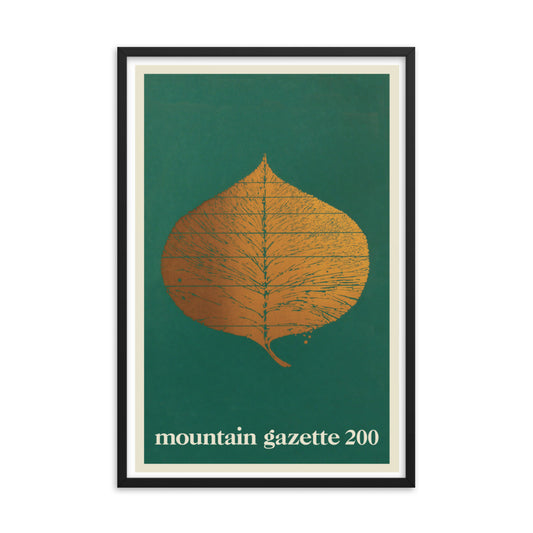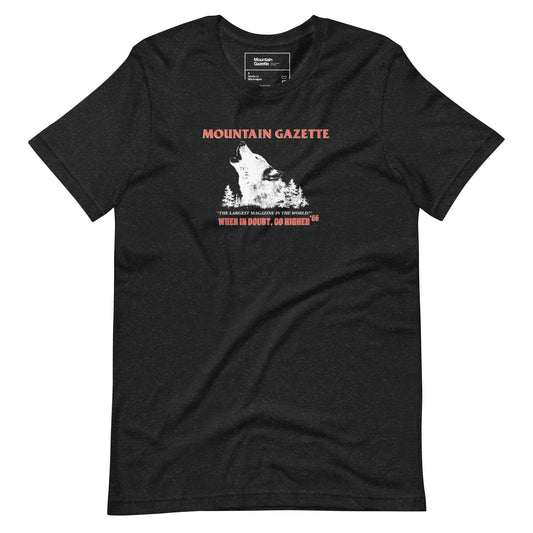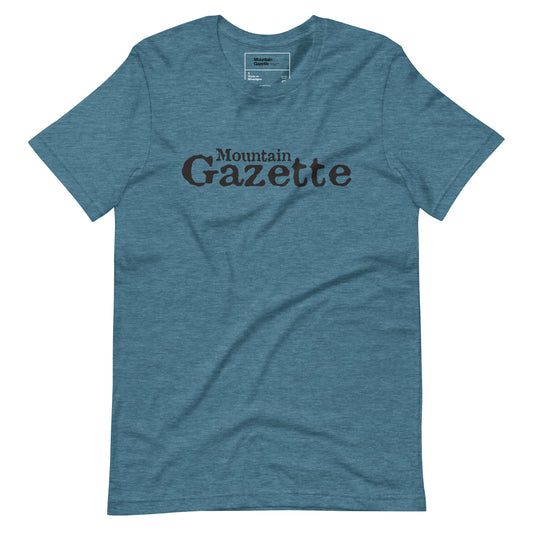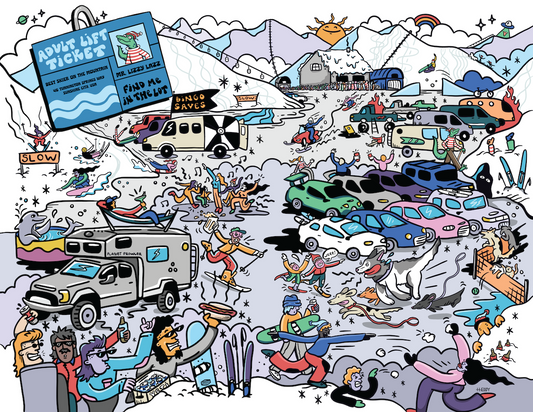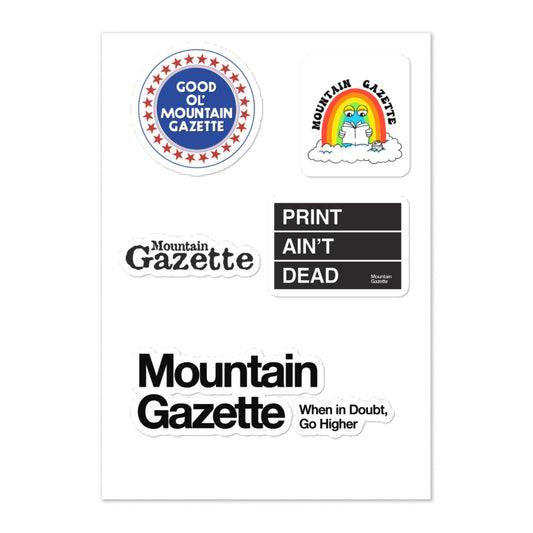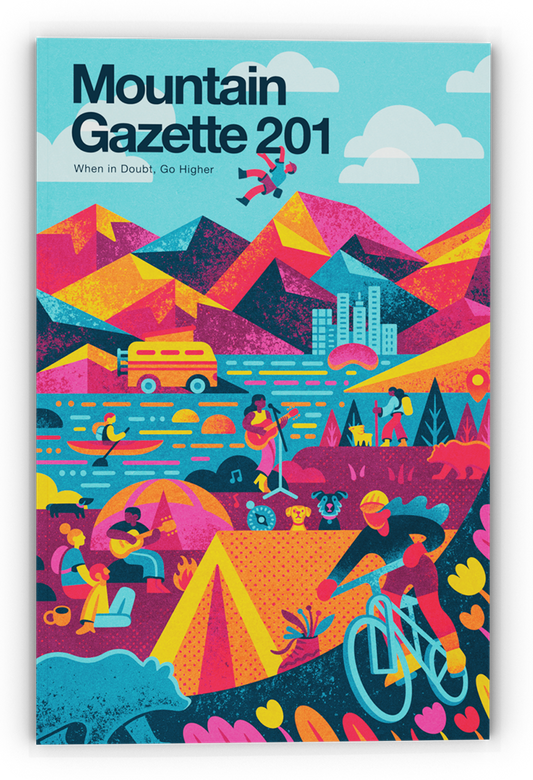This piece was originally published on MountainGazette.com in 2010. We're republishing it here for readers of our Sunday email.
By Tara Flanagan
"I’ve known rivers: I’ve known rivers ancient as the world and older than the flow of human blood in human veins."
1) I’m not, she said
Richard Brautigan wrote the peculiar and brief “Trout Fishing in America” in the summer of 1961 while camping with his wife and baby daughter in the Stanley Basin. Piloting a beat-to-hell Plymouth wagon they bought with a $350 tax refund, they’d camp beside streams and the author would set up a card table and an old portable typewriter. He recorded the names of trout-bearing creeks and rivers in his notebook: Big Smokey Creek, Queens River, Big Pine Creek, Salmon River — you get the drift. In that time, some lasting sage entered the American literary scene. To wit:
“I remember mistaking an old woman for a trout stream in Vermont,
and I had to beg her pardon.”
“Excuse me,” I said. “I thought you were a trout stream.”
“I’m not,” she said.
2) Desperate measures
American Rivers’ annual top-10 list of the country’s most-endangered rivers is a more depressing read than, say, Jonathan Edwards’ “Sinners in the Hands of an Angry God”. Completely guaranteed to put you in a crappy mood, the 2011 list is about rivers at their ecological tipping points, and is largely about dams and desperate extractive industries that have run out of safe places to do their bidding. Topping the nominees is the East Coast’s Susquehanna River, which has taken a major hit from natural gas fracking. Three Western rivers made the list, with California’s Yuba River in fifth place. Here we have two outdated federal dams blocking migration for the threatened steelhead and spring-run Chinook salmon. In Washington, threats from a Canadian mining company put the Green River at No. 6. Opponents are quick to point out that a big mine next to Mount St. Helens, in an active earthquake zone, is a prescription for water-quality disaster. In Wyoming, we have the possibility for natural gas drilling and a potential environmental blowout on the headwaters of the Hoback River, listed at No. 7.
3) Stay here
Take your choice of Mountain West rivers and thank your stars. Our point is, if you’re going to hang out in, on or next to rivers, you need to select them with the Limb-Severing (Or Worse) Monster Ratio in mind. You won’t need to worry about that in most of the Mountain West, but if you leave here and travel to, say, the murky, stump-riddled Trinity River that flows down through Dallas and around Houston, don’t say we didn’t warn you. Here you will encounter the alligator gar (probably a bunch of dead bodies as well — if the gars haven’t gotten to them). This fish gets up to 10 feet, has an alligator-like snout, a double row of dagger teeth, AND it can live outside the water for up to two hours. It could, like, come to your tent or motel room. Anyway, it gets a lot worse once you leave the States. There are tons of river monsters, but the absolute most loathsome is the tiny Candiru catfish — the Amazon’s most-feared fish. The Candiru is known for entering orifices and dining off the victim’s blood. There’s an apparently true story about a man urinating into the Amazon, and — you got it — a Candiru swimming up the urine stream and into his penis. A surgeon removed the fish after four days, after it got particularly problematic. Spiny gill flaps … Don’t leave home.
4) That damned fish is a lot scarier than this
While we always wax poetic about how nice Portland is, with its fine beers and environmental cheeriness, it appears we’ve got some weird crap going on with the Willamette River. While there have been no sightings of the justifiably maligned Candiru fish, there have been several reports in recent years of an unmanned, phantom rowboat making its way about the Willamette. When officials are called to the scene, the boat allegedly disappears right in front of them. Evidently, there is a creepy, unfinished mansion across the river, where the builder reportedly hanged himself in the elevator shaft. He probably heard the story about the Candiru.
5) Go ahead and jump
If gravity and water are on your agenda, consider the West’s finer swimming holes, some offering the ultimate vertical experience. Check out Aztec Falls in Deep Creek in the San Bernardino National Forest. The sissy ledge is a mere 30 feet, with the big ledge at 60. There’s also the well-attended Mushroom Hole in Tahoe National Forest above the Middle Yuba River. At roughly 30 feet, it’s one of the most popular leaps in the northern Sierra. Now, if open-river swimming is more to your taste, consider the June 23 Manhattan Island Marathon Swim, a scant 28.5 mile dip in the pristine waters surrounding New York City, starting and ending at Battery Park.


